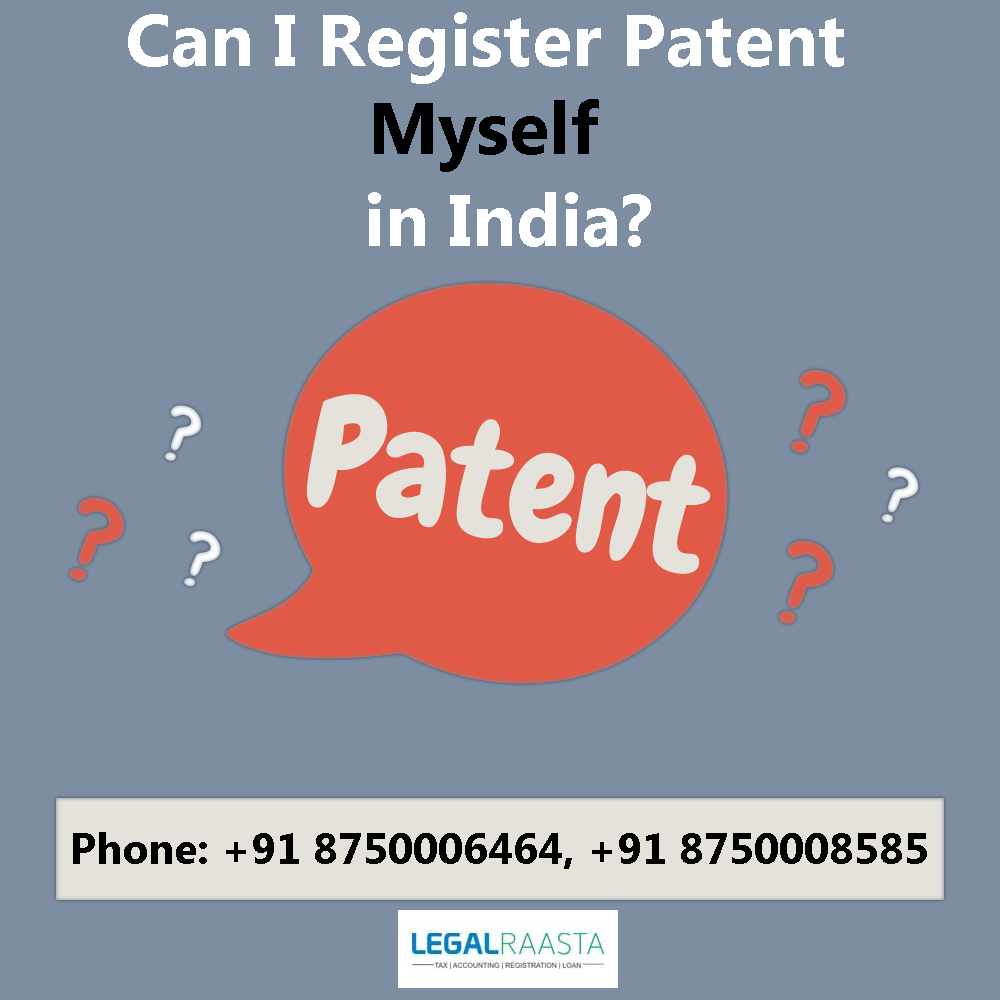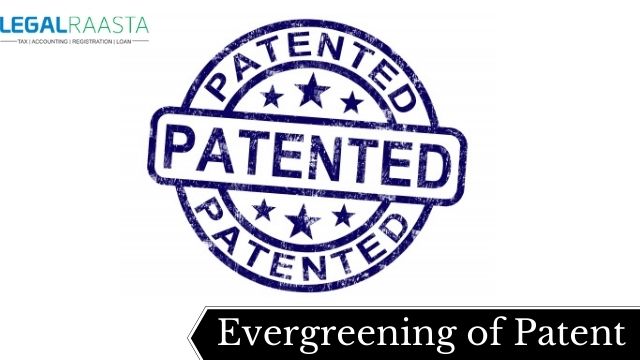How to perform patent search for your own invention?
For most of the inventors, a patent should always be the first step in the patent application process. The reason is very simple as a patent search helps to determine whether the time and the expense of moving forward with a
patent application is a worthwhile endeavor.
Likewise, a patent search helps to give the inventor a good idea about the likely scope of any patent claim that the inventor may be able to anticipate. If it seems to the inventor that he would only get an extremely narrow claim, then it might not be in his best interest to invest in the patent application. The inventor can then move on to his / her next invention and inventors always have the next invention.
However, the article will tell about the details of the patent search.
A
patent search is a process through all the prior patent in order to make sure that nobody has filed a similar patent. The steps by which patent search should be conducted are:
Step 1: The inventor firstly needs to figure out as to what is the type of patent which he wants to file. He has three options that are:
- Utility
- Plant
- Design
Step 2: He then has to identify the keywords which he can think of that describe his own invention. Questions such as what it does or achieve, what is it made of, what is it used for.
Step 3: The inventor is then required to find classes and subclasses.
Step 4: After this, the inventor is required to Review its patents and the patent applications.
Step 5: The inventor is then required to check the CPC (cooperative patent classification ).
Step 6: The inventor then has to decide whether he should seek a patent. This is because if any of the patents or applications in the UPSC or CPC seem very similar, then the application will probably be rejected.
Step 7: The inventor is then required to visit a PRTC to be 100%
Following these 7 steps will help the inventor to conduct a great patent search of his invention. Thus a patent search provides the inventor an opportunity to discover as to which aspects of his invention are most likely to contribute to patentability and thereby allowing the description in any filed
patent registration which helps to focus on those aspects which most likely contribute to patentability.










